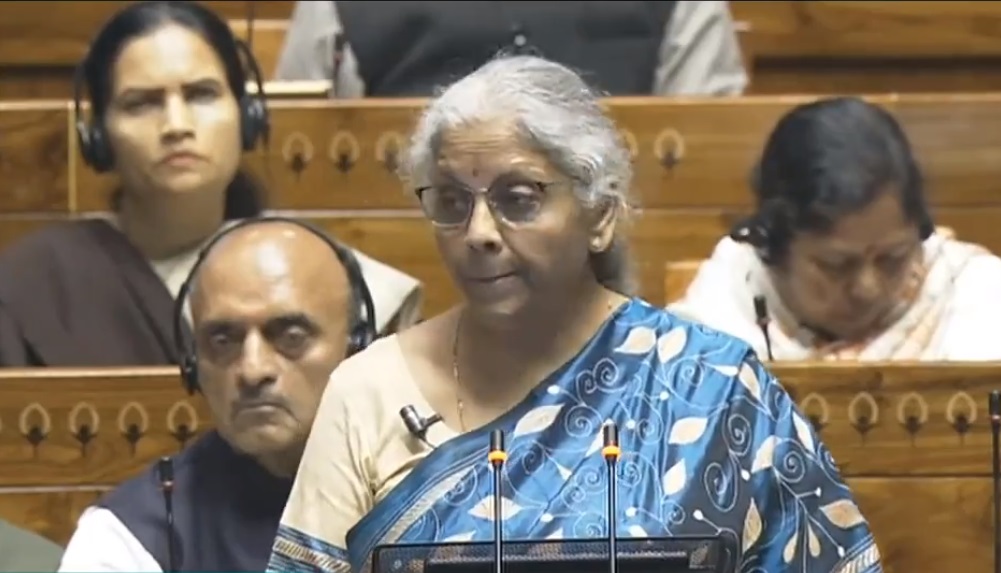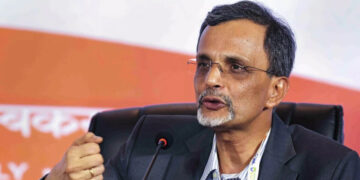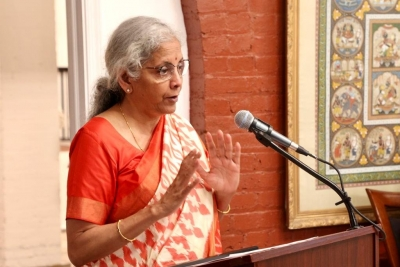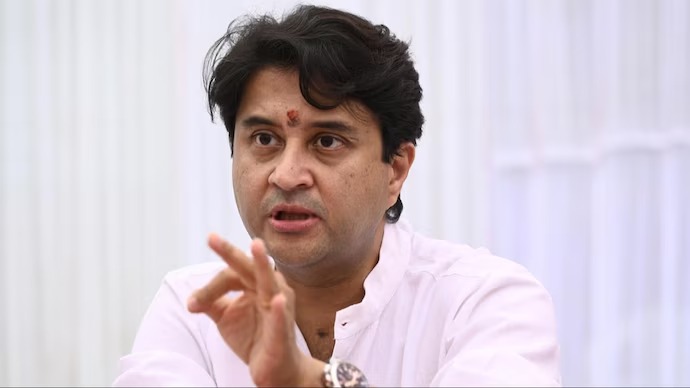New Delhi: India has so far received USD 1.16 billion for climate projects through the financial mechanism of the United Nations Framework Convention on Climate Change, the government informed Parliament on Thursday.
This amount includes USD 803.9 million from the Green Climate Fund, USD 346.52 million from the Global Environment Facility (for climate change focal area), and USD 16.86 million from the Adaptation Fund, according to a written reply in the Rajya Sabha by Union Environment Minister Bhupender Yadav.
However, the majority of India’s climate actions have been financed through domestic resources, he said.
The minister added that India had been diligently working towards adaptation and resilience on a mission mode.
“Several policies and measures have been put in place across key economic sectors, keeping in mind the wide scope of adaptation activities,” he said.
On the impact of climate change on farmers, Yadav said it was projected that crop yields might be adversely impacted in the absence of adaptation measures.
Several measures, including the National Mission for Sustainable Agriculture, have been taken up to deal with the impact of climate change on agriculture, Yadav said.
Successive Union Budgets have scaled up efforts towards mobilising resources for climate action, he added.
He said successive Union Budgets had increased resource mobilisation for climate action, with the 2023-24 budget prioritising greening the economy and the 2025-26 budget introducing measures to enhance resilience and reduce vulnerabilities to climate change, particularly in agriculture and allied sectors.
Major measures announced in the 2025-26 budget include the PM Dhan-Dhaanya Krishi Yojana, National Mission on High Yielding Seeds, the six-year Mission for Aatmanirbharta in Pulses, comprehensive programme for vegetables and fruits, establishing a framework for sustainable harnessing of fisheries in exclusive economic zones and high seas, among others.
“These measures are adaptation strategies in the long run,” Yadav said.
The minister said India’s climate actions were integrated into various programmes and schemes across multiple sectors, with the National Action Plan on Climate Change providing the overarching framework for these initiatives.
According to the United Nations Framework Convention on Climate Change (UNFCCC), adopted in 1992, high-income industrialised nations — historically responsible for most of the greenhouse gas emissions driving climate change — are required to provide finance, technology and capacity-building support to developing and low-income economies to help them cope with a warming world.
These countries include the US, the UK, Canada, Japan, Australia, New Zealand, and European Union member states such as Germany and France.
In 2009, they pledged to provide USD 100 billion per year by 2020.
However, this pledge was only met in 2020, with around 70 per cent of the funds coming in the form of loans.
The developed countries were required to deliver a new and ambitious financial package to support climate action in the developing world at the UN climate conference in Azerbaijan last year.
However, they offered a paltry USD 300 billion by 2035, a fraction of the at least USD 1.3 trillion needed annually from 2025.
India had called the sum “too little, too distant”, “paltry” and “an optical illusion”.
The government’s 2024-25 Economic Survey report, tabled in Parliament last month, said the lack of funding from developed countries to mitigate climate change in the Global South might prompt developing countries to “rework” their climate targets.
With countries required to submit their next round of Nationally Determined Contributions or climate plans for the 2031-2035 period this year, India’s Chief Economic Advisor V Anantha Nageswaran said domestic resources would be the key to climate action amid the lack of support from developed countries.





